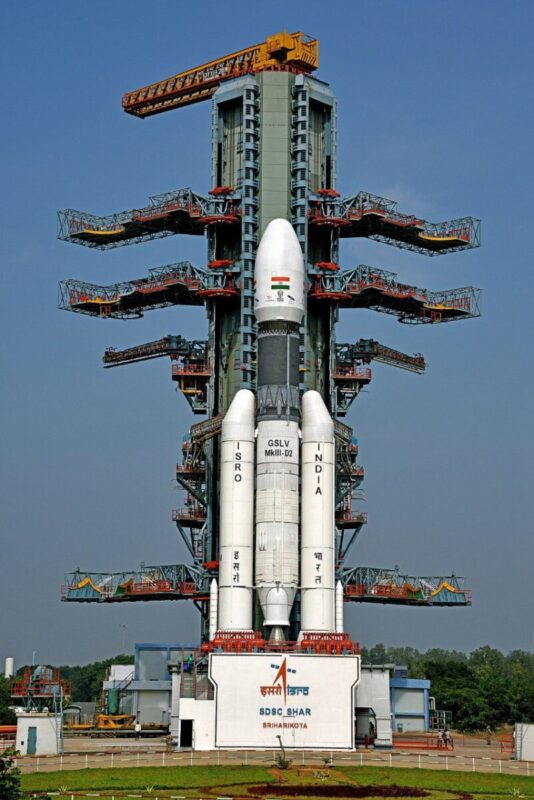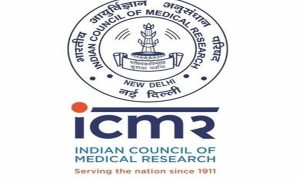India is on the path of attaining self-reliance in the field of space science. From launching the first satellite Aryabhata to launching Chandrayaan, Mangalyaan, and Ganganyaan, the Department of Science and Indian Space Research Organisation (ISRO) is working tirelessly to achieve the dream of Atmanirbhar Bharat in the Space sector.
Aligning with this, ISRO is gearing to launch heavy satellites (weighing above 4 tonnes) in order to meet future demands. According to officials, five Heavy-lift Launch Vehicles (HLV) are in the project report stage. Currently, India takes aid and utilizes the services of Ariane-5, a European Heavy-lift space launch vehicle operated by the European Space Agency, to launch satellites that weigh over 4 tonnes. In terms of design, the new rockets would be identical to its contemporary SSLV, PSLV, GSLV, and GSLV Mk III rockets, but the new fleet of rockets would be packed with more enhanced, powerful technological advanced engines.
A major upgrade to India’s Rocket
The project of five new fleets of heavy-lift rockets was unveiled in a virtual event that was organized by ISRO and CII. The Director, Capacity Building Programme Officer of ISRO, N Sudheer Kumar revealed that the heavy-lift rockets would be able to place a payload weighing 4.9 tonnes to over 16 tonnes in the tonne geosynchronous Transfer Orbit (GTO). In comparison to the present maximum lift capability of 4 tons, the new extended version is an enormous improvement.
What is GTO?
A geosynchronous transfer orbit or geostationary transfer orbit (GTO) is an intermediate step for reaching the final orbit. A satellite destined for a geosynchronous orbit is usually placed in GTO into which heavy satellites are launched. After the rocket gets placed in GTO, they use their onboard propulsion to reach a circular orbit 36,000 km above the earth. After that, GSO orbit allows for communication and monitoring of a large portion of the Earth.
According to the officials, the up-gradation in the lift capability of GSLV Mk3 is in the concluding stage. This upgrade to India’s rocket comes to be in development due to two kinds of rocket engines:
– Semi-cryogenic engine: Dubbed as SC120, it burns a special variant of Kerosene and liquid oxygen
– Cryogenic Engine: Dubbed as C32, it burns a mixture of liquid hydrogen and liquid oxygen
During the event, the Capacity Building Programme Officer stated, “Soon the stage will be inducted into the rocket, then we will not depend on foreign sources for the launch of heavy communication satellites (weighing over 4 or 5 tonnes).”






















 WhatsApp us
WhatsApp us
Pingback: บทความแทงบอล lsm99